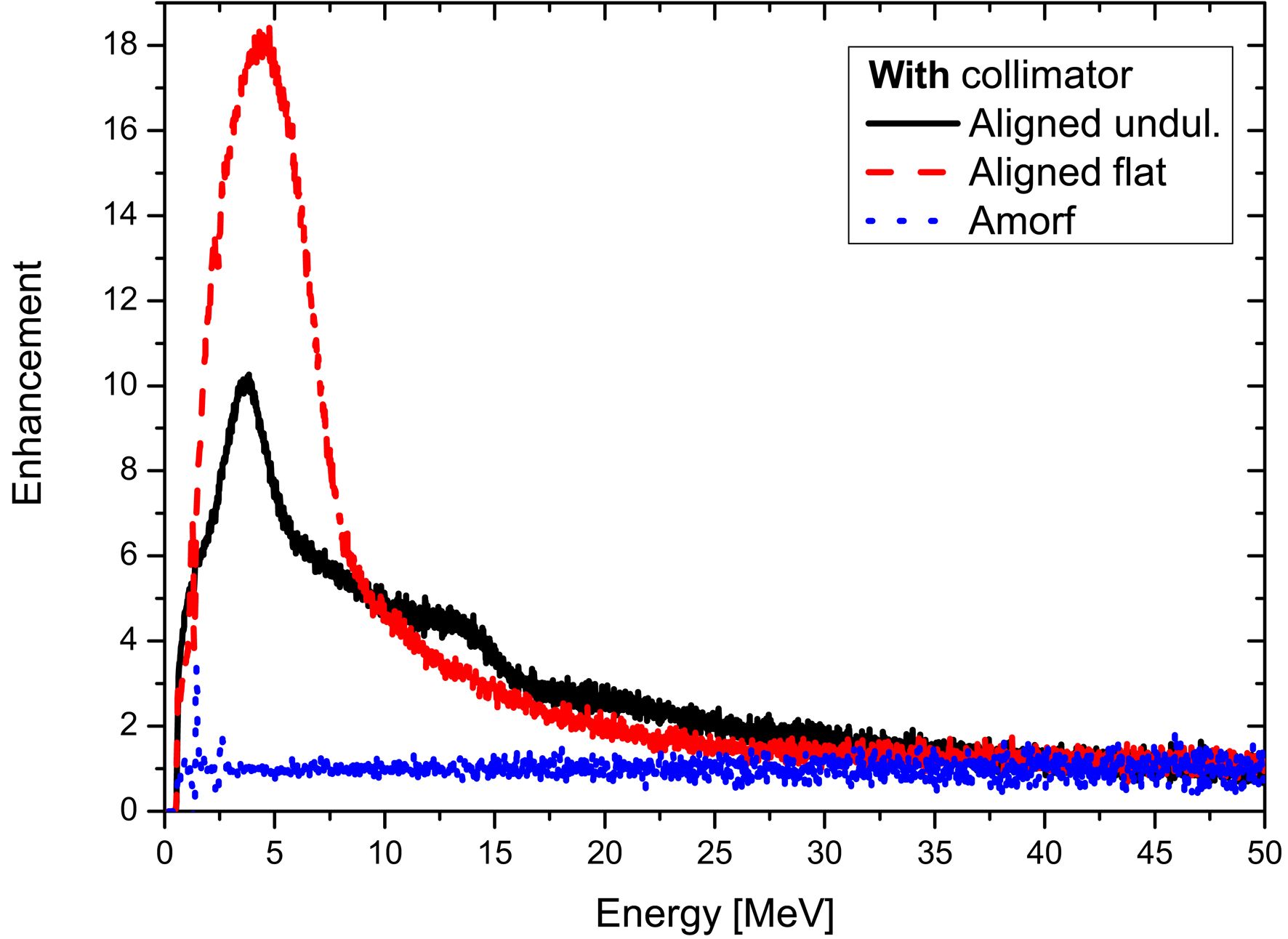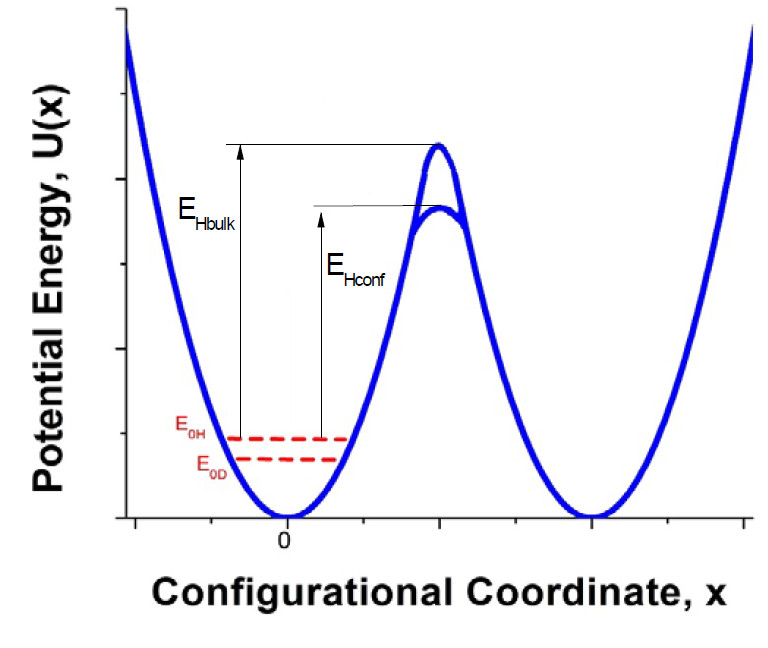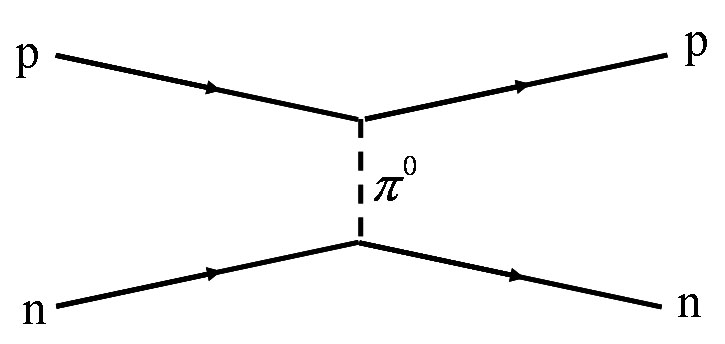News
EPJ E News - Ramin Golestanian awarded the Pierre-Gilles de Gennes Lecture Prize
- Details
- Published on 02 June 2017

The Editors of EPJE are delighted to announce the winner of the EPJE Pierre Gilles De Gennes Lecture Prize. This year the prestigious prize has been awarded to Iranian physicist Ramin Golestanian, for his outstanding theoretical contributions to the physics of microswimmers and their hydrodynamic interactions which have led to a series of exciting new discoveries and stimulated the development of the field of active matter.
The EPJE Pierre-Gilles de Gennes lecture will be delivered by Golestanian on Thursday 20th July at the 10th Liquid Matter Conference in Ljubljana, Slovenia.
EPJ QT Highlight - How does Earth’s spacetime deformation affect quantum communications?
- Details
- Published on 30 May 2017

Jan Kohlrus investigates relativitic effects to consider when setting up quantum communication systems.
The interplay and overlap between relativity and quantum theory are among the most complex and challenging open problems of modern theoretical physics. This grey area has been extensively studied on the theoretical side, sometimes following very speculative and exotic directions, while very few experiments have been proposed in a way that rigorously incorporates relativity and quantum features.
The purpose of our work is to propose feasible experiments that involve quantum fields in a relativistic framework. In our recent article in EPJ Quantum Technology, we study how observers that undergo different motion, and experience different strengths of the gravitational field, measure pulses of light that propagate from one user to another. In particular, we look at quantum communication schemes between Earth and satellite links, as well as between two satellites.
Continue reading Jan’s post here.
EPJ D Highlight - Zig-zagging device focuses high-energy radiation emissions
- Details
- Published on 23 May 2017

Physicists have found a way to better control high-energy particle emissions in an undulator device that could potentially be used as a source of radiation for cancer treatment or nuclear waste processing
There’s no substitute for using the right tool for the job at hand. Using low-energy radiation sources simply isn’t suitable for certain tasks: equipment used in cancer treatment requires a strong, monochromatic source of radiation to produce hard X-rays. Other similar radiation sources find applications in nuclear waste processing. To design devices that steadily emit a specific type of radiation, physicists use a special kind of crystal, referred to as a crystalline undulator. In a recent study published in EPJ D, a team has demonstrated the ability to control radiation emissions from a particle travelling through such a device. Tobias Wistisen from Aarhus University, Denmark, and colleagues have shown how to manipulate the emitted radiation by selecting a combination of incoming particle charge and energy, oscillation amplitude and period of the undulator’s crystalline lattice.
EPJ E Colloquium - Quantum effects are hot in supercooled water
- Details
- Published on 18 May 2017

The importance of nuclear quantum effects is well known for in solid systems at very low temperatures (T<10K). At higher temperature (above ~20-50K) usually the contribution of these quantum effects to structural relaxation is considered minor. Traditionally, researchers who study the structural relaxation in liquids and the glass transition neglect to consider quantum effects. However, it is becoming increasingly evident when studying light molecules (such as water) at temperature of 100-200K that quantum effects might play an important role in structural dynamics, and provide non-negligible contributions at temperatures as high as ambient.
EPJ B Highlight - Autonomous machines edge towards greater independence
- Details
- Published on 17 May 2017

Physicists are providing a greater level of autonomy for self-taught systems by combining how they respond to their learning as they evolve
Cars that can drive autonomously have recently made headlines. In the near future, machines that can learn autonomously will become increasingly present in our lives. The secret to efficient learning for these machines is to define an iterative process to map out the evolution of how key aspects of these systems change over time. In a study published in EPJ B, Agustín Bilen and Pablo Kaluza from Universidad Nacional de Cuyo, Mendoza, Argentina show that these smart systems can evolve autonomously to perform a specific and well-defined task over time. Applications range from nanotechnology to biological systems, such as biological signal transduction networks, genetic regulatory networks with adaptive responses, or genetic networks in which the expression level of certain genes in a network oscillates from one state to another.
EPJ QT Highlight - Quantum security from small satellites
- Details
- Published on 17 May 2017

Shoebox sized satellites could be the key to fast-track development of space quantum communication, writes author Daniel Oi in a contribution to the SpringerOpen blog.
Quantum computing threatens the security of public key cryptosystems that secure the internet. But what quantum takes away, it can also give back. The technique of quantum key distribution (QKD) promises codes that are guaranteed by physics to be, in principle, unbreakable.
In EPJ Quantum Technology, we propose a CubeSat Quantum Communications Mission (CQuCoM) with a vision towards a globe-spanning constellation of QKD satellites. We are an international consortium of six research entities and one company across six countries.
Continue reading the blog post here.
EPJE News - Welcome to the new Editor-in-Chief for Biological Physics
- Details
- Published on 15 May 2017

We are pleased to announce that François Graner joins Francesco Sciortino as co-Editor-in-Chief of EPJ E. He will lead and oversee the journal activities and editors in biological physics, with the aim to expand and strengthen the connections with the biological physics research community.
This is how Graner describes the benefits offered by the journal and its role in the community: “EPJ E is characterized by the outstanding quality of its editorial process and its panel of reviewers, something I already appreciated as an author. The journal plays an important role in maintaining high standards, as well as reinforcing the interface between soft condensed matter and biophysics. It is the perfect journal where to discuss the physical questions raised by current discoveries in biology and biophysics, and to report the related new physics methods and modeling.”
François Graner is Directeur de recherche at CNRS and Université Paris 7 "Denis Diderot". He is an accomplished expert on soft matter, statistical physics and biophysics.
We take this opportunity also to thank his predecessor Andreas Bausch for his excellent editorial service and dedication through the recent year.
EPJ Plus Focus Point - Status of third-generation synchrotron crystallography beamlines: An overview
- Details
- Published on 09 May 2017
Initially motivated by the celebration of the international year of Crystallography in 2014, This EPJ Plus focus point issue presents a coherent collection of papers summarizing the status of third generation synchrotron beamlines devoted to crystallography in most European facilities and in an invited extraeuropean one: 9 papers for 9 facilities. Standard organization of information, emphasis on technical details and design choices, many pictures and schematics, are some of the attractive ingredients offered herein. The reader may find references to more than 50 beamlines available or planned in the close future for crystallography experiments, detailed technical descriptions of 17 beamlines, additional information about complementary aspects such as user access, laboratory support or computational tools and scientific highlights. Last but not least, looking through the papers one may get key hints on the future directions as planned by the different facilities. Altogether, a tool to have a global view of crystallography beamlines in a very significant subset of the worldwide synchrotron network.
The articles are freely accessible until 15 July. For further information read the Editorial
EPJ E News - One year of Tips & Tricks
- Details
- Published on 06 May 2017

It is the tricks that often form the commonality between researchers working in different fields. A little over a year ago the European Physical Journal E published the first papers in a new section called Tips and Tricks (T&T). The goal of this new section was simple: to provide a venue to publish a novel numerical recipe, sample preparation method, or experimental design.
Such details are often only briefly described in the scientific literature, passed only from student to student, or simply shared as a ‘personal communication’ between research groups. Sometimes such enabling techniques are not passed on at all. In all such cases, the scientific community as a whole is not able to use this knowledge to move forward. Moreover, while the research of some team may not be directly relevant to another, a computational method, experimental procedure, or sample cell design has the potential to be broadly transformative. We have found during our careers that various sample cell configurations, experimental designs, or sample preparation techniques were shared amongst our colleagues. In some cases the science became secondary to a particular technique, and more emails were shared describing a trick than citations earned on a paper where only a brief description was provided. The first year of EPJE's T&T has been exciting, with 13 papers that span many different tools and methods, from vesicles-on-a-chip to a three-body potential for molecular dynamics. You will find them all listed below with their respective links.
EPJ A Highlight - Wavy energy potential patterns from scattering nuclei reveal hidden information
- Details
- Published on 06 May 2017

New approach to analysing anomalies in collisions between atomic nuclei promises a new perspective on how they interact
Anomalies always catch the eye. They stand out from an otherwise well-understood order. Anomalies also occur at sub-atomic scale, as nuclei collide and scatter off into each other—an approach used to explore the properties of atomic nuclei. The most basic kind of scattering is called ‘elastic scattering,’ in which interacting particles emerge in the same state after they collide. Although we have the most precise experimental data about this type of scattering, Raymond Mackintosh from the Open University, UK, contends in a paper published in EPJ A that a new approach to analysing such data harbours potential new interpretations of fundamental information about atomic nuclei.




